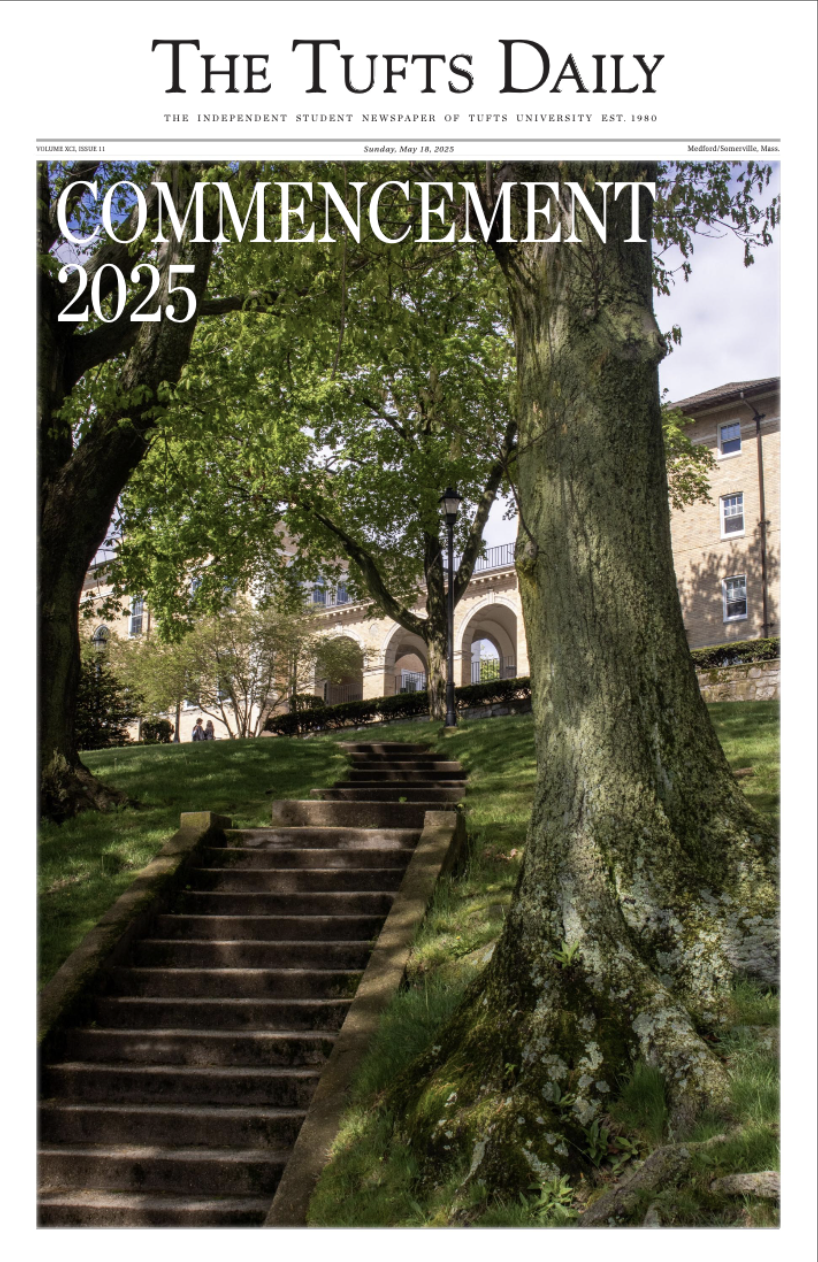Today, California voters face the decision of whether to replace Gavin Newsom as governor of California.The prospect that the Democratic governor may lose his position in the predominantly blue state has sparked nationwide concern.While a poll conducted found that 58% of likely voters say they will vote against the recall and support Newsom, the final turnout for this special election remains to be seen.
Thepetition that led to this recall, fueled by partisan criticism and pandemic upheaval, was served back in February of 2020, citing high taxes, high rates of homelessness and low quality of life under Newsom’s leadership.
These frustrations were further exacerbated by Newsom’s attendance at a dinner party at the lavish restaurant, the French Laundry, back in November 2020, after Newsom had urged Californians to avoid multi-household indoor gatherings. Newsom initially told reporters that the party would be outside but photos later revealed that the event was held indoors. Despite his expressed regret, Newsom's hypocrisy further angered many of his constituents and fed into the recall initiative.
In California, recall petitions require enough signatures from registered voters to equal 12% of the turnout for the last gubernatorial election — 1,495,709 signatures was the threshold in this case. If enough signatures are gathered and validated, the petition is approved and the state moves to conduct the election.
By April 2020, the recall petition for Newsom had gained over 1.5 million validated signatures, clearing the threshold for approval. By June, the Secretary of State at the time, Alex Padilla, officially approved the petition, setting into motion the process of the special election. In August, county election offices sent ballots to the addresses of every registered voter with the option to vote by mail before the Sept. 14 deadline.
The ballot asks two questions: should Governor Newsom be recalled? And, if the governor is recalled, who should replace him?
If Newsom is recalled, the new governor is elected in a plurality, meaning that they would not need to secure any threshold percentage of the vote so long as they receive more votes than any other individual candidate.
The recall election is largely a partisan issue, with many Republican constituents advocating for Newsom’s removal from office and many Democrats supporting his continued governorship. However, despite California’s strong Democratic lean, the likelihood of Newsom’s recall passing is not as slim as it may seem.
While Republican support of the recall has received enthusiastic backing, CNN reported that much of California’s Democratic base appears “at most, uninterested.” Longtime California Democratic strategist Bill Carrick attributes Democratic apathy to the strong decline in political involvement since the election of President Joe Biden. There has not only been a lack of Democratic voter turnout but also a lack of Democratic candidates running in place of Newsom in the event he is recalled.
Although 46 contenders completed paperwork to confirm their candidacy in the recall election, three of the four primary candidates range from strong to moderate conservatives. Among registered Republican candidates are conservative radio host Larry Elder, businessman John Cox and former San Diego Mayor Kevin Faulconer.
If a Republican candidate replaces Newsom as governor of California, it could mean major changes in the legislation and direction of the historically blue state. Notably, climate policy would likely be one of the areas most heavily affected by a shift in leadership. For years, California has been among theleading states in creating legislation regarding environmental preservation and sustainability. California often serves as a testing ground for new policies like stricter vehicle pollution rules, advocacy for wind and solar use and directing state funding towards electric vehicle chargers.
Cox and many of his fellow Republican opponents of Newsom have argued against progressive climate legislation, claiming that the wide range of environmental regulations drives up costs in a state experiencing a severe housing shortage. Additionally, Elder has pledged to replace Democratic Senator Dianne Feinstein with a Republican if he wins the recall election, which would shift the Senate to a Republican majority.
Newsom currently maintains the favor of his constituents, with 56.2% of submitted votes cast against his recall. As the last ballots are sent in and counted, many voters and political experts ask what this process has shown over the past year.
Primarily, the possibility of a Republican governor representing a dominantly Democratic state illustrates many flaws, not only in the public understanding and involvement within local political processes, but also the structures of democratic processes within the state.
Young voter turnout is a particularly key factor in deciding the outcomes of elections. While 55% of voters ages 18–29 cast their ballots to elect Joe Biden in the 2020 presidential election — an 11% increase from the previous presidential election — only 9% of young voters had cast their ballots in the California recall election as of Aug. 31.
This discrepancy in voter turnout makes it abundantly clear that young voters must continue to make use of their democratic power in determining the political and legislative future of the community. The controversy of this special election, the monumental legislative changes at stake and the possible consequences of the collective apathy of one of the country’s largest Democratic bases call on voters and lawmakers alike to maintain awareness and involvement in all levels of political action, in statewide as well as nationwide elections.






